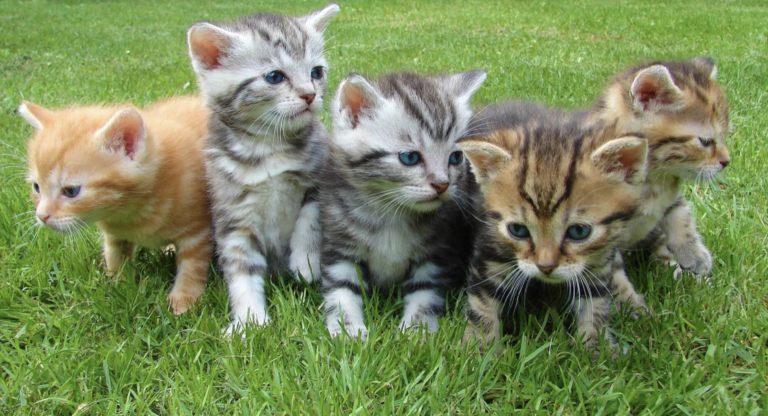CATching Up With Cats
Cats have a negative reputation. Some people believe they are obnoxious, unfriendly, uninterested in their human owners, and prone to scratching and biting. However, anyone who loves or owns a cat understands that this is far from the case. I mean there are cat-themed things everywhere these days. From cat t-shirts, pens, computer games, and even cat bingo games! The world, in general, is cat lovers and Ghana is certainly no different.
Ghanaian cats are one-of-a-kind. They’re tiny, almost kitten-like in appearance, with enormous eyes and ears. They appear out of nowhere, hop into your lap, and cuddle up into a purring, sleeping ball before you even notice them. The scruffy oddity of these West African felines appeals to me. I wish I could take one home with me.

People have been enamored with cats for thousands of years. Ancient societies believed in the cat spirit animal long before wild cats were domesticated. However, cats became increasingly more significant in our lives when wild cats began to live more closely with humans around 8000 B.C.
Sure, cats can be naughty at times, and they may enjoy laying on your computer while you’re working or smacking items off your desk for no apparent reason, but if you ask us, that’s all part of their charm – and one of the many reasons we adore them. They’re not only cute, but they’re also fiercely independent, curious, and devoted, making them ideal lifelong companions for you or your family.

A pet has evolved into an animal extension of a household or family. It is treated with the same care and affection as any other family member. Cats and dogs are the most popular pets in Ghana. Some people keep these two pets in separate households. The dog serves as a security guard, and the cat serves as a pest control. This lowers their interactions to a bare minimum, perhaps reigniting the age-old feud between felines and canines.
CATalogue of Cats
Ghana, in West Africa, ranges from the Atlantic Ocean’s mangrove swamps to the semi-arid northern savannas. It’s a great place to visit if you’re a wildlife enthusiast, as it supports several excellent national parks and preserves, bridging the gap between deep-forest and open-savanna/grassland species. Although the country still has colonies of such majestic beasts as African elephants and lions, lesser animals with their beauty and ecological significance are increasingly numerous and widespread.
Ghana has 225 mammalian species, 221 amphibian and reptile species, 724

bird species, and 221 amphibian and reptile species. That’s a lot of wildlife! About 66 percent of the bird species found in Ghana are permanent residents, while the rest are periodic visitors. In addition, the country is home to at least 20 unique or near-endemic butterfly species. Ghanian animals are under strain from various factors, including growing human land use and overhunting. Poachers kill animals for their ivory or other body parts used in traditional medicine. However, thankfully, we can still enjoy the beauty of them, and here are two big cats found in Ghana that we can fall in love with.
African Leopard – Easily recognized by its spotted coat and powerful, low-slung body. Leopards, after the lion, are the second-heaviest of Africa’s great cats, weighing up to 150 pounds in a huge man. They are devotedly reclusive and retiring, unlike lions, and have great arboreal talents.
Leopards travel freely in Ghana and are surprisingly tolerant of human presence; they happily live on the outskirts of towns and villages. They are highly opportunistic and adaptable and can be seen from Bui National Park in the southwest rainforests to Mole National Park in the northwest savannas, despite their overall elusiveness.
African Wildcat – Its small stature and mottled coat distinguish the African wildcat. The African wildcat is the continent’s most widely distributed feline and is well-represented in Ghana. However, it is less well-known than its larger African relatives, such as the lion, leopard, cheetah, and caracal. African wildcats pounce on anything from frogs to hares in savannas, grasslands, and open woodlands. Despite their widespread distribution, spotting one requires a keen eye; combing grassy flats and brushy regions at dawn or dusk is an excellent strategy.

